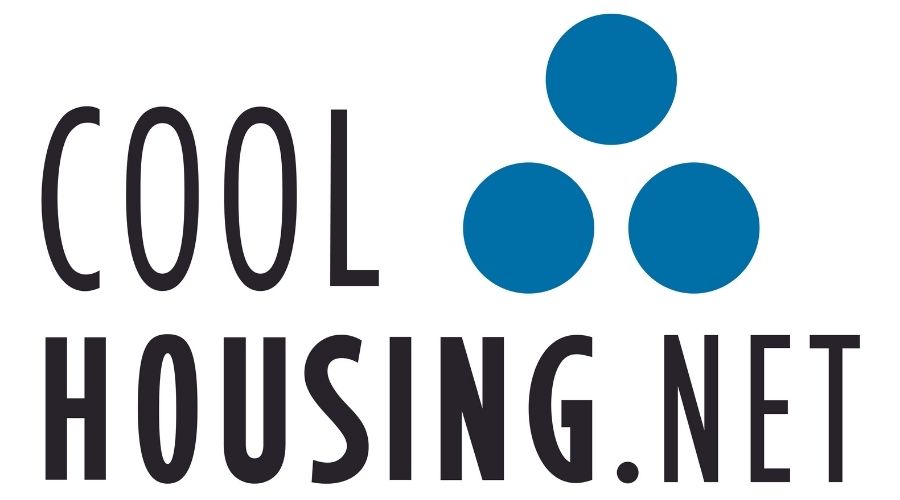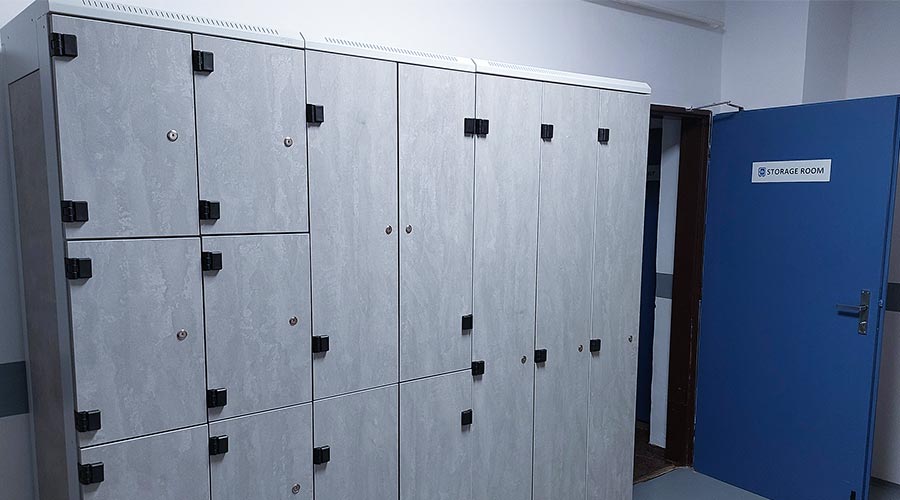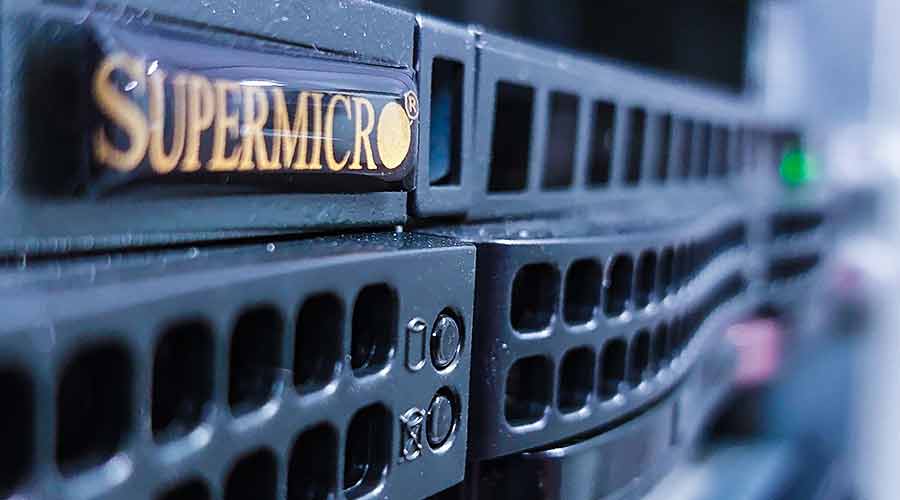When developing a substitute solution in the IT field, seldom we are able to achieve such a great thing as a virtualization. Virtual server is not only a substitute for a physical server, it also offers significant advantages as well. A webhosting? A virtual server rolls right over webhosting.
Most of you probably know what is a virtual server or virtual computer. For those of you who do not, let us remind you that virtualization is simply an operation of multiple isolated operating systems on one physical hardware. Each such virtual PC acts as a separate computer. Virtualization may be implemented at different levels: individual virtualized machines may be completely isolated, or for example, they may share a common operating system core and hardware drivers, or their individual applications may be virtualized. Each approach has its own pros and cons.
Where is virtualization used? In short, everywhere we can appreciate its benefits.
Do you need to test software at home? Do you use specialized software that supports only a certain version of the operating system or OS configurations, or do you simply want to try Linux? You can easily create a virtual computer at home on your desktop. A very good virtualization tool is Microsoft Hyper-V, which is included as standard feature in Windows 8 Pro, designed for desktop computers.
If you travel frequently, or want to use a specialized software (exchange traders knows) that is online all the time, you may use a desktop virtualization solution. You will open an online office, virtual server that is available at all times allowing you to access its desktop and the installed software from anywhere and anytime, providing that you have at least decent Internet connection. All you need is a tablet, chromebook, or even a mobile phone or other simple device. You will no longer need to carry a huge data storage and may leave all your backup worries at home.
Server virtualization offers certain considerable advantages over classic web hosting. First of all, it allows a complete isolation of individual applications or users. You may have a different web server configuration for each application, each application may utilize other operating system configuration and different users may use different access or authorization methods.
Thanks to one server sharing (virtualization cluster for larger application), you may achieve better cost ratio, which is particularly true for Windows virtualization, where you get a very attractive price for operating system license. Hardware resources may be scaled of course, so you always pay only for what you really need. Performance increase may be achieved in matter of minutes.

Operation of a virtual server in a virtualization cluster also brings additional features, such as migration of virtual servers between physical servers based on the load or in case of a server hardware breakdown. If you have at least the basic knowledge of the operating system administration process, virtualization is clearly you option before webhosting. Keep in mind that the cost for virtualization and medium hosting services (particularly true for Windows) is the same.
Coolhousing data center uses sufficient sizes of virtualization clusters. The customer may choose anything starting with a baseline virtual server and ending with a very powerful VDS (virtual dedicated server) suitable for demanding applications. If your requirements are even higher, we will be happy to give you an offer tailored to your needs. Virtual servers are offered in Linux or Windows. The current offer is available at www.coolhousing.net/en/virtual-private-server.
Examples of hardware virtual machines
RedHat KVM – is the name abbreviating the Kernel-based Virtual Machine. In Coolhousing, we have been using this virtualization technology since 2011. Thanks to it, we are able to operate virtual servers with a high performance, reliability, and under more operating systems in one single virtualization server. The KVM virtualization tool can even be interconnected with other hypervisor’s functions, such as the consumption management being a significant benefit nowadays.
Xen – is the open-source hypervisor providing the interface for the hardware virtualization and running more operating systems in one computer simultaneously. In Xen, the hypervisor is the software running on the lowest and the most privileged level. This level supports one or more hosted operation systems whose run is scheduled for physical processors.
VMware Server – is the software of VMware, Inc. It is the virtualization tool being also the partly open-source one, and available for servers for free.
VMware Infrastructure – is the software product of VMware, Inc. This is the package of solutions based originally on the VMware ESX Server standalone product along with other accessories and services. VMware ESX Server is the standalone virtualization tool supplied with its own operating system on the Linux basis. For reasons of stability and performance of this system, the list of supported devices is restricted to those meeting the certification for this product.
Microsoft Hyper-V – called Windows Server Virtualization in the past, this software is the hypervisor-oriented server system for 32- and 64-bit systems which means it has its own operating system (mostly Windows Server 2008 R2) and, by means of virtualization, other operating systems may be started through it within one single physical computer. Hyper-V is available for free as the standalone unit called Microsoft Hyper-V Server, as well as the installed part of Windows Server 2008 and higher.
Examples of virtual machines on level OS
OpenVZ – is the virtualization technology running on the Linux core level. Unlike the other virtualisation tools of the KVM, Xen or VMware type, OpenVZ is restricted in terms of mandatory running the modified Linux core serving as the host system. When OpenVZ is applied, this mandatory run brings about c. 3% performance loss as compared to the standalone server.
Virtuozzo – is the application software for servers’ virtualization that allows establishing the virtualization environment in the host computer on the operating system’s level. Instead of running several operating systems (e.g. Xen, KVM etc.) in one physical server simultaneously, Virtuozzo starts up just the single core of the operating system and exports it to individual host containers. Each of such containers can work in full as standalone one, and be called the virtual private server (VPS).
Linux-VServer – provides virtualization just for the GNU/Linux systems only, which is, by itself, limiting nowadays. The separation of individual virtual servers is done on the core level. Individual virtual servers are safely separated; however, there is no possibility of working effectively with the server’s sources due to the joint core.
Application virtual machines
Java Virtual Machine – is the set of programs and data structures utilizing the virtual machine for starting additional computer programs and scripts developed in Java language.
Microsoft .NET Framework – it the environment needed for running and developing .NET applications made available by Microsoft Visual Studio. The .NET environment offers both the start-up interface and needed important libraries.
Squeak – is the open-source implementation of the Smalltalk programming language and environment. It consists of the virtual machine, environment image, change log and source codes. The environment is object-oriented based on classes, and reflexive.
Author: Jirka Dvořák




